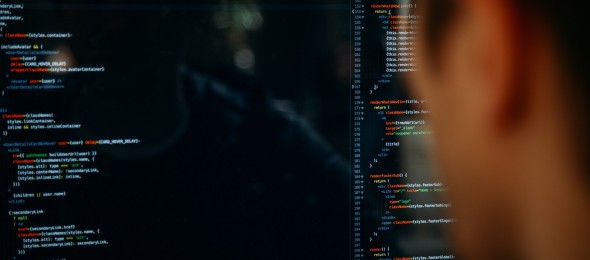Arbitrator and Mediator Edna Sussman, Principal at SussmanADR, LLC and Distinguished ADR Practitioner in Residence at Fordham University School of Law, has published a useful and timely article titled “Cyber Intrusion As the Guerrilla Tactic: An Appraisal of Historical Challenges in an Age of Technology and Big Data,” Forthcoming, Jean Kalicki and Mohamed Abdel Raouf, eds., Evolution and Adaptation: The Future of International Arbitration, ICCA Congress Series No. 20 (Kluwer 2019). In her paper, Ms. Sussman examines how arbitrators should respond to evidence that is obtained through cyber intrusion and hacking.
Here is the abstract:
Cyber intrusion and hacking are in the news almost daily with damaging invasions of law firms, corporations, governmental agencies, and political entities. “Security breaches are becoming so prevalent that there is a new mantra in cyber security today: ‘It’s when not if,’ a law firm or other entity will suffer a breach.” While guerrilla tactics in arbitration such as fabricated or illegally obtained evidence are not new, cyber intrusion requires a review of pertinent issues that might arise in the course of a proceeding where fabricated or illegally obtained evidence is made possible by virtue of cyber intrusion.
This article seeks to flag for further analysis:
(a) the issues that may arise and that may require consideration by arbitrators in instances in which evidence is introduced at the hearing which is, or is claimed to be, hacked or fabricated through cyber manipulation;
(b) unconscious influences that can impact decisions where such evidence is an issue; and
(c) the arbitrator’s duties when confronted with such evidence.
The discussion will provide an overview of the admissibility of illegally obtained documents, authentication of documents, sanctions, the psychological impact on decision-making of inadmissible evidence, the influence of one’s native legal culture on decision-making and the arbitrator’s duty to report.
This and other publications written by Ms. Sussman may be downloaded free of charge from the Social Science Research Network.
Photo by: Charles Deluvio on Unsplash














